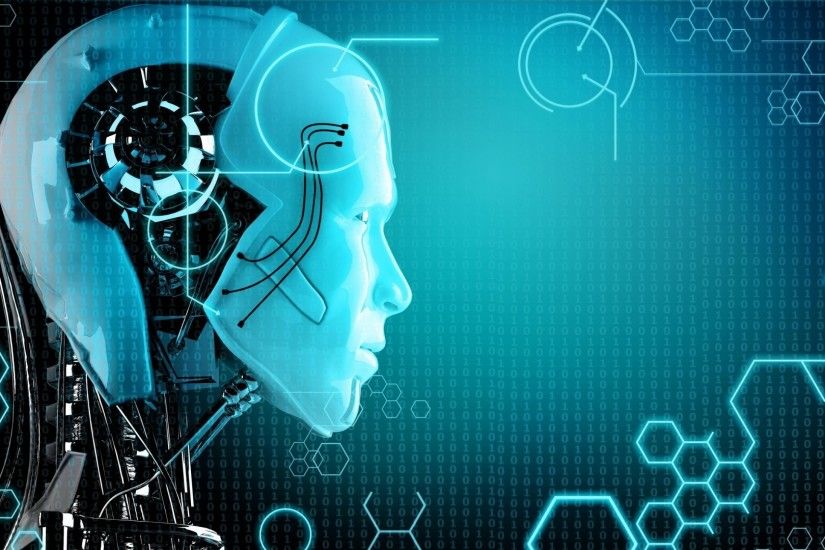The Rise of Synthetic Minds: Exploring the World of Artificial Intelligence
The Rise of Synthetic Minds: Exploring the World of Artificial Intelligence
Blog Article

Artificial intelligence, often referred to as AI, is a rapidly evolving field that continues to captivate the imagination of people worldwide. From intelligent virtual assistants in our smartphones to self-driving cars on the streets, AI technologies have seamlessly integrated into our daily lives. The development of AI presents a new paradigm in computing capabilities, enabling machines to learn, reason, and adapt in ways that mimic human intelligence.
As we witness the rise of synthetic minds, it becomes increasingly clear that artificial intelligence is not just a futuristic concept but a tangible reality shaping our world today. With advancements in machine learning, neural networks, and data analytics, the potential for AI to revolutionize industries and solve complex problems is unprecedented. The evolution of AI has sparked both excitement and concern, as we navigate the ethical implications and societal impacts of integrating intelligent systems into various aspects of our lives.
History of AI
In the early days, the concept of artificial intelligence stirred the imagination of visionaries and thinkers. The roots of AI can be traced back to the 1950s when pioneers like Alan Turing and John McCarthy laid the groundwork for this revolutionary field. They proposed the idea of machines that could simulate human intelligence and perform tasks that traditionally required human cognition.
As the decades passed, the field of AI experienced both highs and lows. Optimism about the potential of AI surged in the 1980s with advancements in expert systems and neural networks. However, these early successes were followed by a period known as the "AI winter" in the 1990s, marked by disillusionment and reduced funding for AI research. Despite setbacks, relentless innovators continued to push the boundaries of what AI could achieve.
In recent years, the resurgence of AI has been fueled by breakthroughs in deep learning, natural language processing, and reinforcement learning. Technologies like self-driving cars, virtual assistants, and facial recognition systems showcase the practical applications of AI in our daily lives. Today, artificial intelligence stands at the forefront of innovation, shaping industries and transforming the way we live and work.
Types of AI
There are three main types of artificial intelligence: Narrow AI, General AI, and Superintelligent AI.
https://www.blab.com
Narrow AI, also known as Weak AI, focuses on performing specific tasks and is the most common form of AI in use today. Examples include virtual assistants like Siri and Alexa, as well as recommendation algorithms used by streaming platforms.
General AI, often referred to as Strong AI, is a more advanced form of artificial intelligence that can understand and perform tasks across a wide range of domains. This level of AI is still largely hypothetical but holds tremendous potential for the future.
Superintelligent AI is the concept of AI that surpasses human intelligence. This level of artificial intelligence is currently a subject of speculation and debate within the scientific community, with some advocating for cautious development to ensure control and alignment with human values.
Ethical Implications
As we witness the advancement of artificial intelligence, questions surrounding ethics come to the forefront. The capabilities of AI raise concerns about privacy, surveillance, and the potential for misuse. Ensuring that AI is developed and used responsibly is crucial to address these ethical dilemmas.
One significant ethical consideration is the impact of AI on employment. As AI becomes more capable in performing various tasks, there is a fear of widespread job displacement. It is essential for society to proactively address this issue by upskilling and reskilling the workforce to adapt to the changing job landscape brought about by AI technologies.
Moreover, the ethical use of AI extends to areas such as bias and discrimination. AI systems are only as fair and unbiased as the data they are trained on. It is imperative to mitigate biases in AI algorithms to prevent perpetuating societal injustices. Transparency in AI decision-making processes is vital to ensuring accountability and fairness in its applications.
Report this page